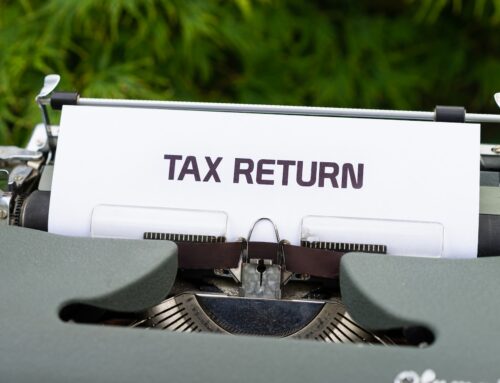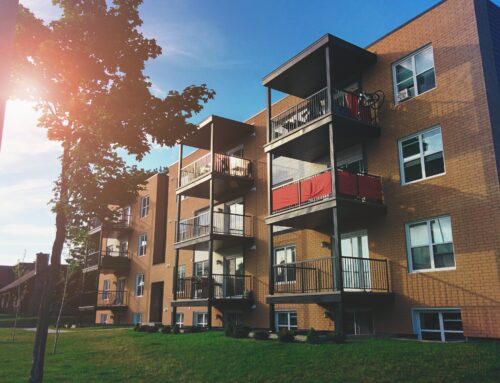As the COVID-19 novel coronavirus pandemic tears across the globe, even Canada — famous for its exceptional quality of life — will not come out unscathed. As of April 8, 2020, Canada ranks 13th in world for total number of cases by country. There have been a total of 19,179 cases in Canada, and a total of 427 deaths.
Coronavirus cases have appeared in every province and territory of Canada, with the exception of Nunavut. But the highest concentrations have been in Ontario (5,000+ cases and 174 deaths) and Quebec (10,000+ cases and 175 deaths). Numbers continue to rise throughout the country, and they do not appear to have reached the peak of the curve. Although they do appear to be growing at a relatively modest and manageable pace, compared to other parts of the world.
On April 8, Ontario reported 550 new cases, marking a daily increase of more than 11%. This came after two days of fairly low numbers of new cases, indicating that the spread in the province has not yet plateaued. At the epicenter of Canada’s epidemic, Quebec reported 691 new cases on April 8. Based on the current data, health experts suggest that Quebec’s peak could occur within about 10-12 days.
As of April 8, 2020, the COVID-19 numbers in the rest of Canada look like this.
- Alberta has 1,373 confirmed cases (with 26 deaths, 447 resolved).
- British Columbia has 1,291 confirmed cased (43 deaths, 805 resolved).
- Nova Scotia has 342 confirmed (1 death, 77 resolved).
- Saskatchewan has 260 confirmed (3 deaths, 88 resolved).
- Newfoundland and Labrador has 232 confirmed cases (2 deaths, 74 resolved).
- Manitoba has 203 confirmed cases (including 3 deaths, 21 resolved) plus 14 presumptive cases.
- New Brunswick has 105 confirmed cases (including 39 resolved).
- Prince Edward Island has 24 confirmed cases (with 17 resolved).
- Repatriated Canadians have 13 confirmed cases.
- Yukon has 7 confirmed cases (including 4 resolved)
- Northwest Territories has 5 confirmed cases (including 1 resolved).
- Nunavut has no confirmed cases.
By comparison, California has a similar population of 39 million to Canada’s 38 million. California currently has close to 16,000 total cases and 374 deaths related to COVID-19. At the critical end of the coronavirus spectrum, Spain, with a population of 47 million, has had nearly 147,000 cases and close to 15,000 deaths.
On March 16 Canada, closed its borders to international travelers. About half of the provinces and territories issued stay-at-home orders between March 21 and 28, including Alberta, Ontario and Quebec. Manitoba and British Columbia do not have stay-at-hone orders, but the larger cities in those provinces do.
Sophie Trudeau, wife of Prime Minister Justin Trudeau, tested positive for coronavirus on March 12. She subsequently went into self isolation and had recovered by March 28. The Prime Minister has not contracted the virus.
Federal and provincial governments are working around the clock to procure the necessary equipment to deal with this growing pandemic. Earlier in the week, US-based 3M agreed to sell N95 face masks to Canada. On Tuesday (April 7), Trudeau announced that the government was working with Thornhill Medical to produce 30,000 badly needed ventilators. No word yet on how soon they would be available.
On Wednesday, the Prime Minister addressed the nation from Rideau Cottage in Ottawa. He reassured Canadians than the country was handling the situation as well as possible. But he emphasized the fact that this is not the time to relax. Rather, this is the time to double down on social distancing and stay-at-home measures in order to ensure that the curve continues to flatten. Flattening the curve will reduce the intensity of the pandemic and its impact on the health care system, but in doing so it will also prolong the affair. Ultimately, he said, we will not be out of the woods until we have a COVID-19 vaccine, which could take several months, if not a year of more.
Trudeau also outlined some of the government’s plans to bolster up the economy, including stimulus checks for certain Canadians and the ongoing discussions about how to restart the economy when that time comes.
PHOTO CREDIT: Social distancing and safety masks can reduce the spread of coronavirus. (Unsplash)







Leave A Comment